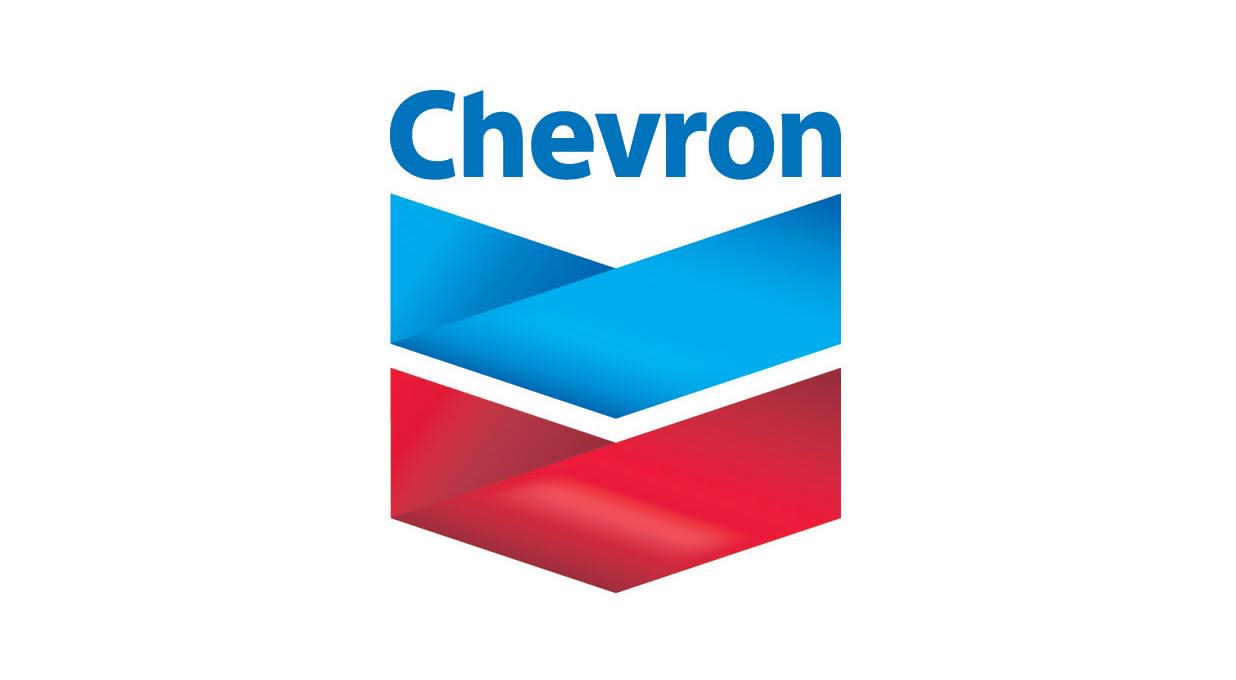Chevron’s second-quarter revenue increased 4.7% to $51.2bn as higher production and oil prices offset weaker gas prices.
Underlying net profit fell from $5.8bn to $4.7bn, missing analyst forecasts, with lower refinery margins playing a significant part in the decline.
Free cash flow came in $0.2bn lower at $2.3bn. Net debt rose from $12.6bn to $19.2bn over the first half.
Chevron repurchased $3bn of its own shares and has increased the quarterly dividend by 7.9% to $1.63 per share.
Guidance for full-year production growth in the important Permian basis has been raised from 10% to 15%. But downtime due to maintenance requirements is expected to be worse than usual.
The shares were flat in pre-market trading.
Our view
The market has brushed off a weaker than expected performance by Chevron, seemingly more concerned about legal disputes that are delaying the completion of its merger with rival Hess.
The business is dominated by the extraction and sale of fossil fuels. While that remains the case, its fortunes will mainly rest upon commodity prices (over which it has no control), production levels, and the cost of pumping out oil and gas.
Through a combination of scale and efficiency, Chevron's expecting to see a strong uplift in profitability from each barrel sold compared to pre-pandemic levels. That's assuming oil at $60 per barrel. But, downward swings in commodity prices will still really hurt the bottom line. Just a $1 move in the price of a barrel of Brent Crude can hit annual profits by more than $0.4bn.
In a world that's trying to wean itself off carbon-producing energy sources, Chevron's targeting average annual production growth of at least 3% out to 2027. It's got plenty of reserves in the ground too, and spent heavily to expand those levels.
Production’s already received a boost from last year’s acquisition of PDC Energy and there could be more of the same to come. Chevron has agreed to acquire Hess Corporation, a global energy company with assets across Guyana, North Dakota, Mexico and Thailand. The deal's now not expected to close until mid-2025 at the earliest.
The scale up plans are all well and good, but in the long term, energy companies can't afford to ignore the drive towards renewable sources of energy. Following the $3.15bn acquisition of Renewable Energy Group, Chevron is one the largest producers of biofuels in the US. But the contribution to profits is likely to stay relatively small for now. Chevron’s recently set aside $0.5bn to invest in lower-carbon innovations but in the grand scheme of things it’s not that much.
Chevron's investment plans are ambitious. If the Hess deal closes, the annual capital expenditure budget's set to increase to between $19-$22bn. Market forecasts suggest that operating cash flows should cover this whilst leaving room for pay-outs to shareholders. But if the deal is blocked then that could threaten plans to increase share buybacks to $20bn per annum from the $15bn seen last year. As ever, there are no guarantees and further weakness in commodity prices could put pressure on cash resources.
Chevron's valuation is below its long-term average which we think reflects a shift in investor sentiment towards the sector and its long-term future. Meanwhile, it's trading at a significant premium to European peers, which we see as unjustified, particularly whilst its strategy beyond peak-oil remains unclear. Whilst the Hess deal hangs in the balance, there’s also an increased risk of volatility.
Environmental, social and governance (ESG) risk
Environmental concerns are the primary driver of ESG risk for oil and gas producers, with carbon emissions and waste disposal being the main issues. Health and safety, community relations and ethical governance are also contributors to ESG risk.
According to Sustainalytics, Chevron's overall management of material ESG issues is strong, although we have some concerns. It is assessing the commercial viability of clean energy sources and strategies, with the goal of adapting its business activities to align with a low-carbon economy. The company showcases initiatives to tackle carbon-related risks, such as its plan to spend USD 8 billion through 2028 on activities such as renewable fuels, hydrogen, carbon capture and offsets. However, the company does not appear to have absolute carbon reduction plans and remains involved in controversies related to environmental pollution.
Chevron key facts
All ratios are sourced from Refinitiv, based on previous day’s closing values. Please remember yields are variable and not a reliable indicator of future income. Keep in mind key figures shouldn’t be looked at on their own – it’s important to understand the big picture.
This article is not advice or a recommendation to buy, sell or hold any investment.No view is given on the present or future value or price of any investment, and investors should form their own view on any proposed investment.This article has not been prepared in accordance with legal requirements designed to promote the independence of investment research and is considered a marketing communication.Non - independent research is not subject to FCA rules prohibiting dealing ahead of research, however HL has put controls in place(including dealing restrictions, physical and information barriers) to manage potential conflicts of interest presented by such dealing.Please see our full non - independent research disclosure for more information.


